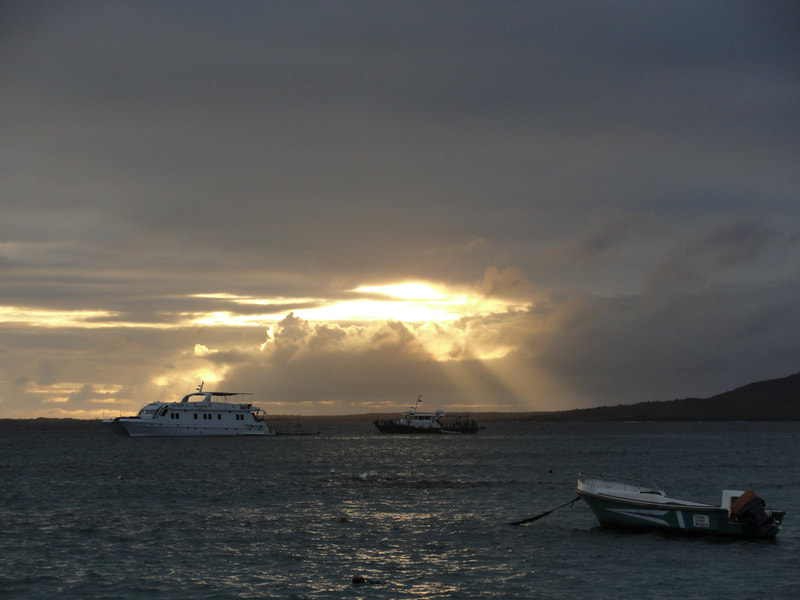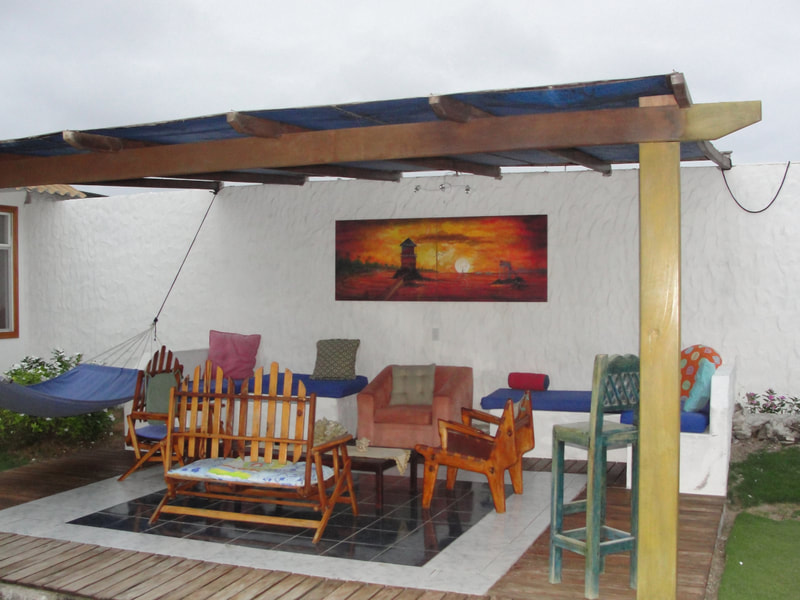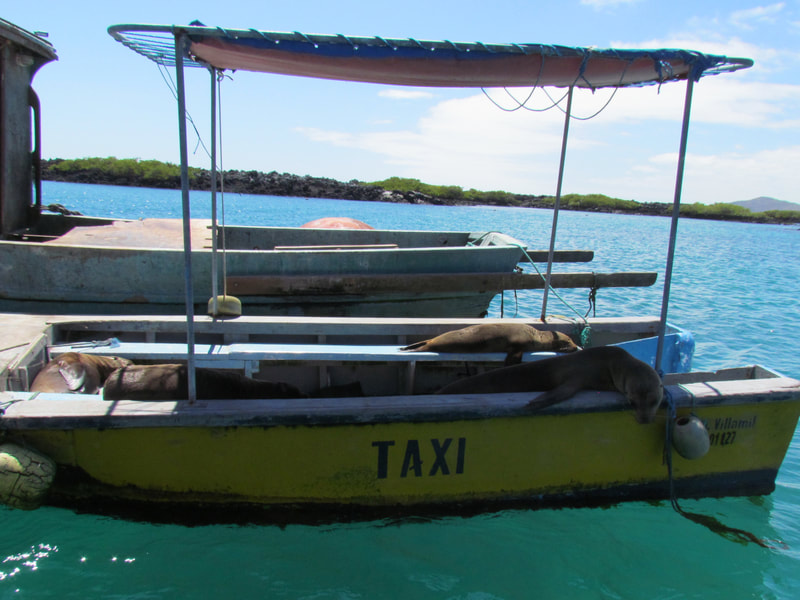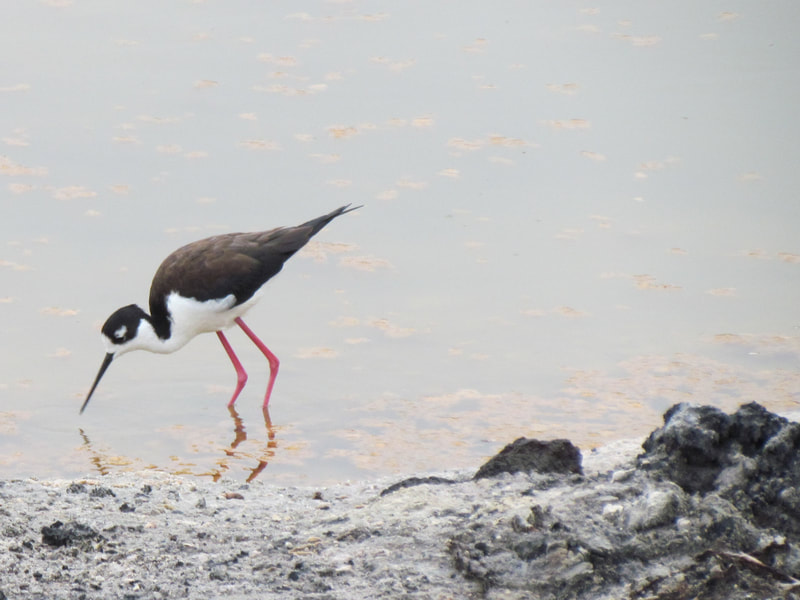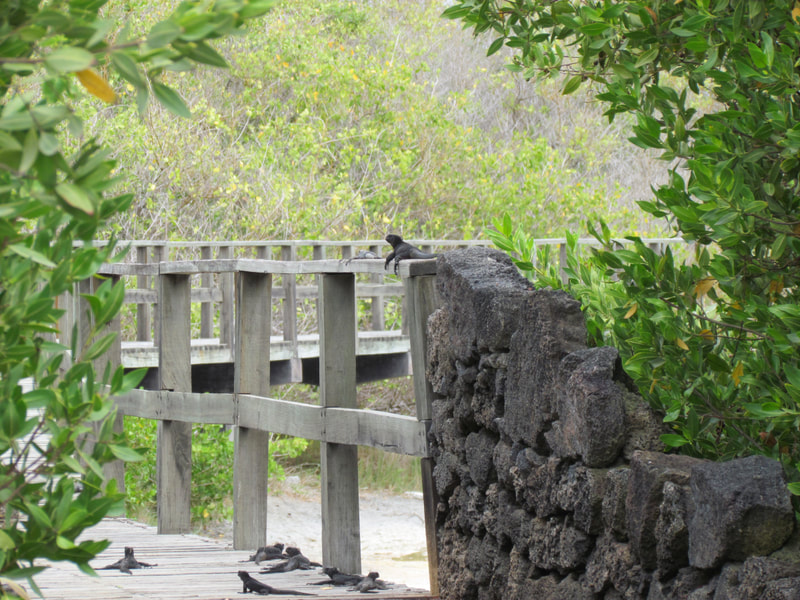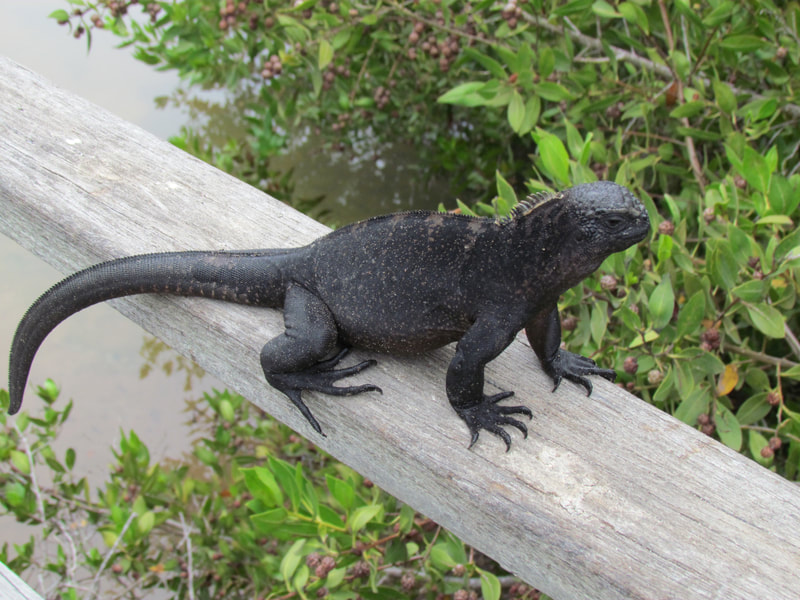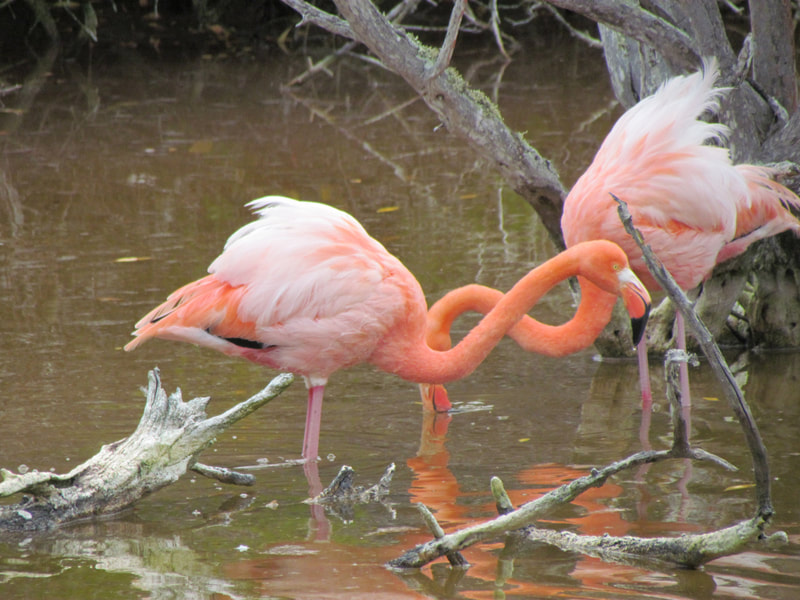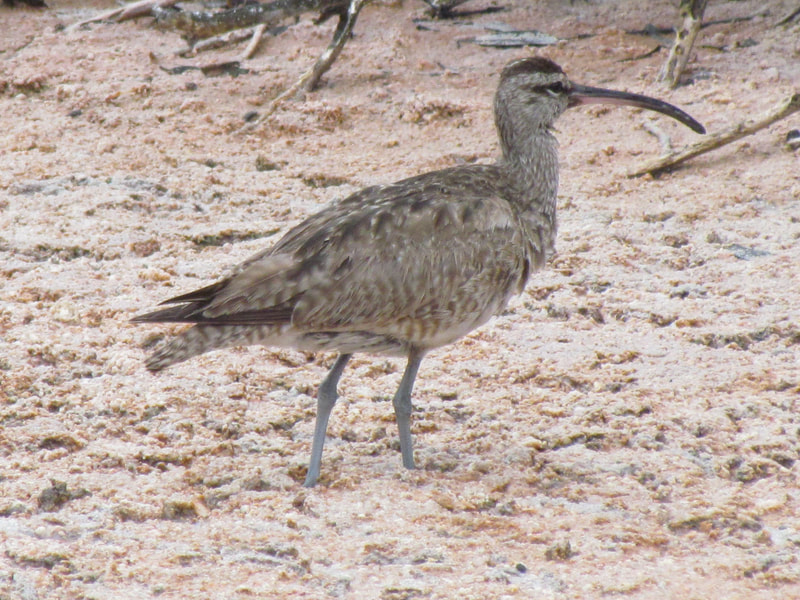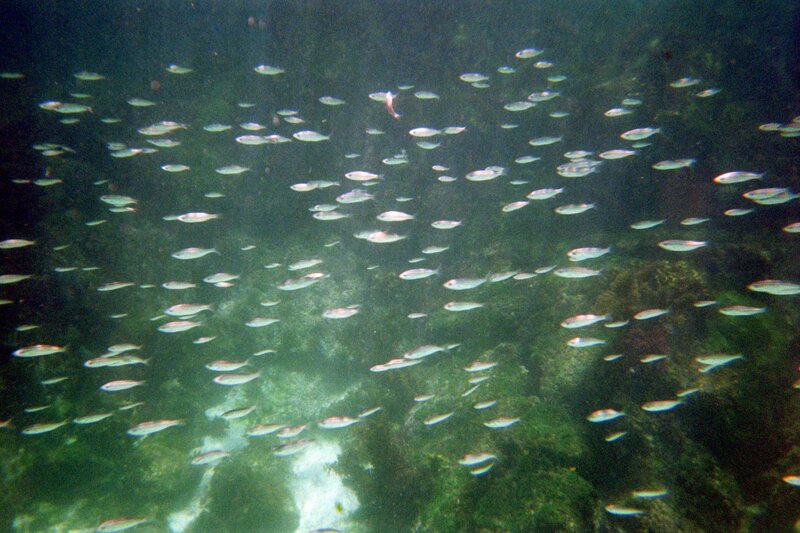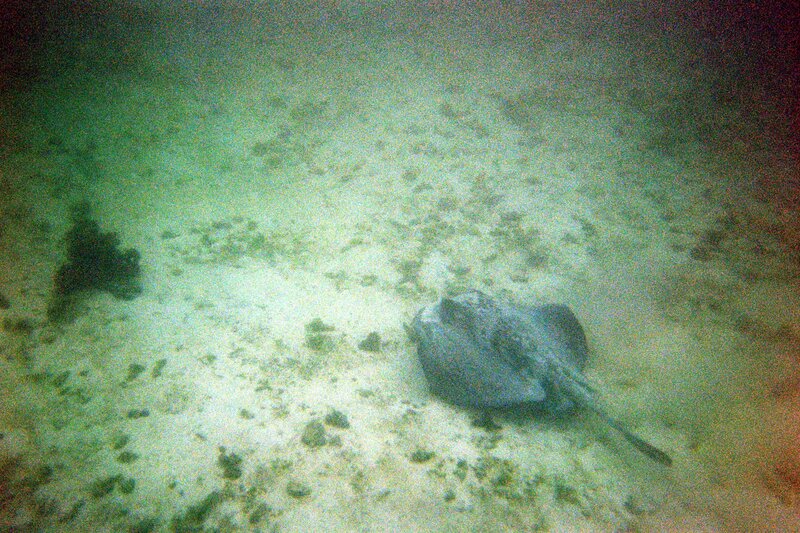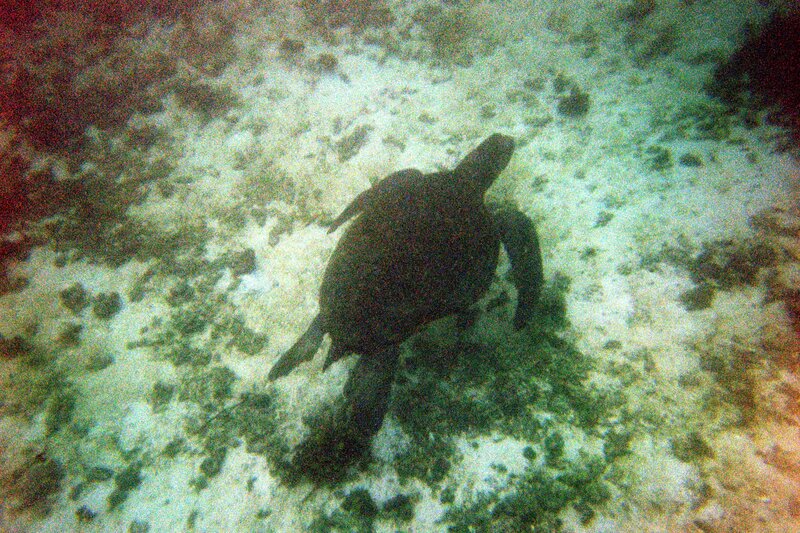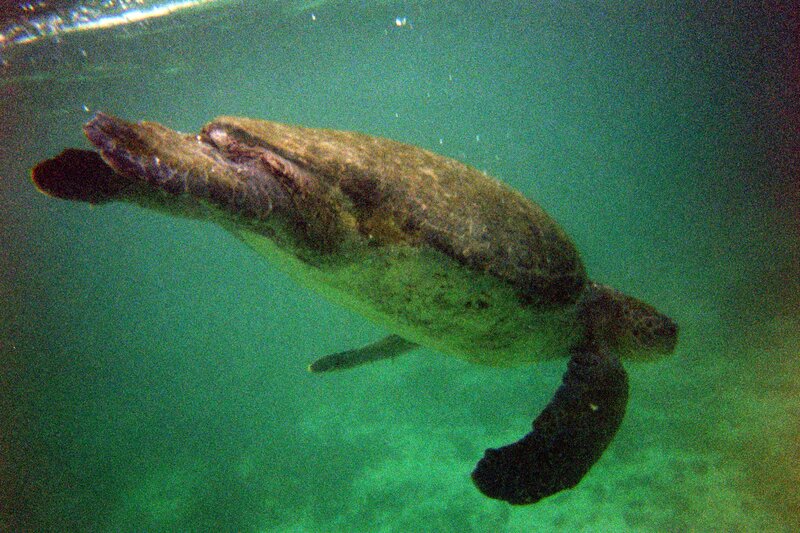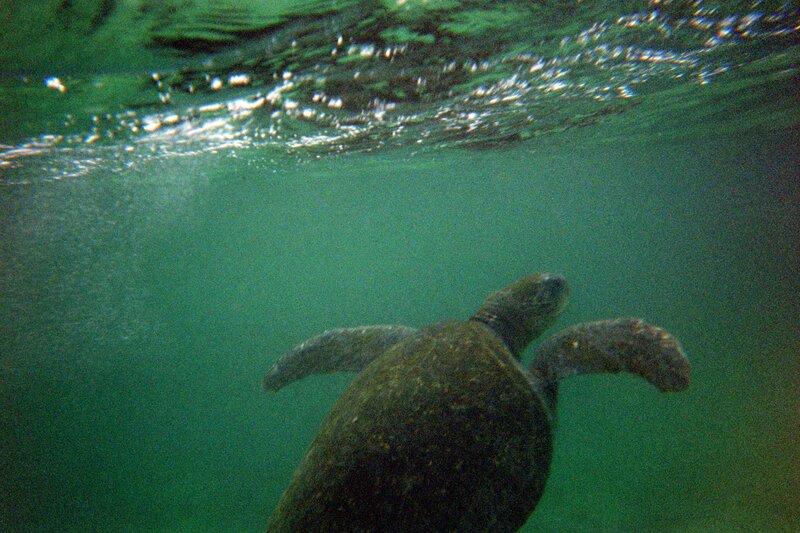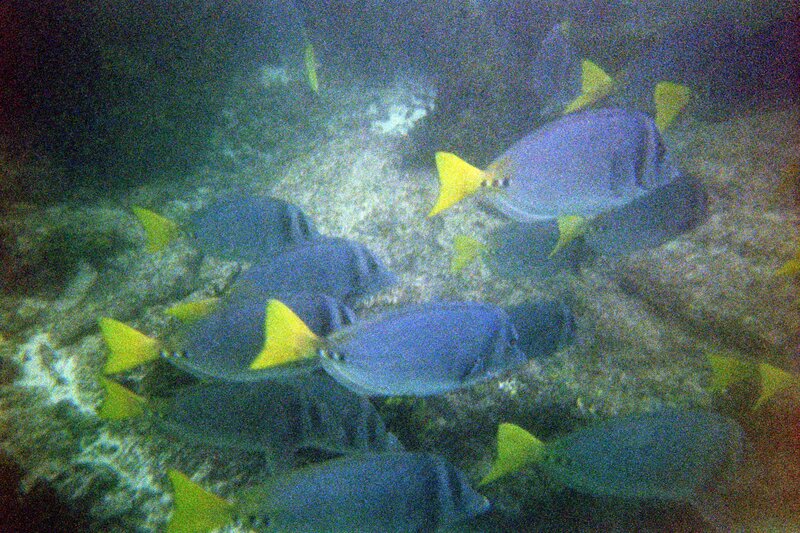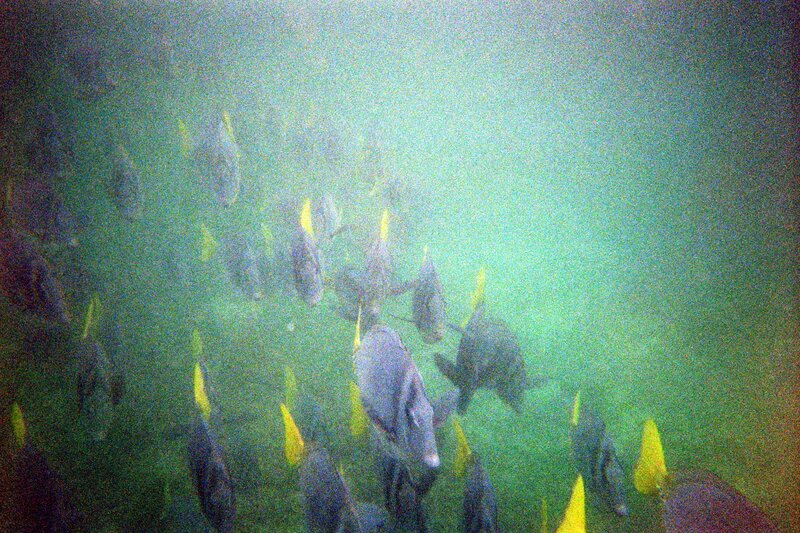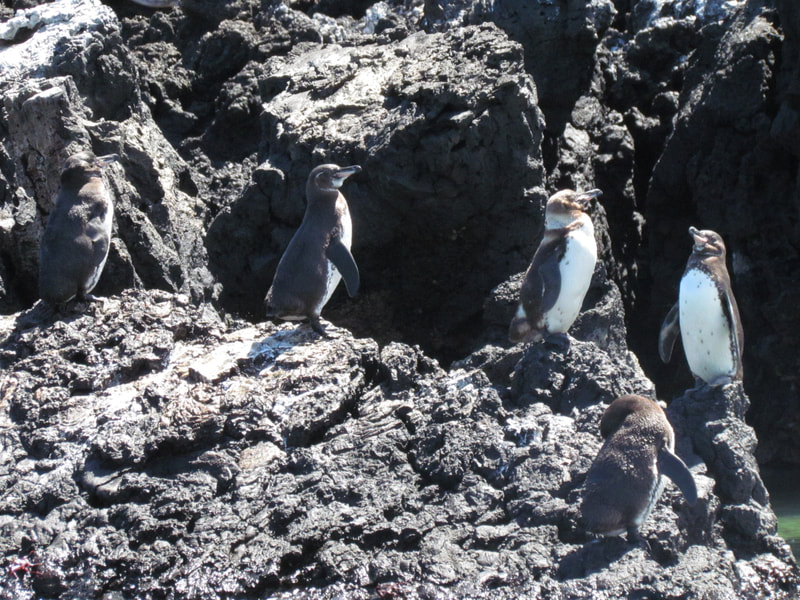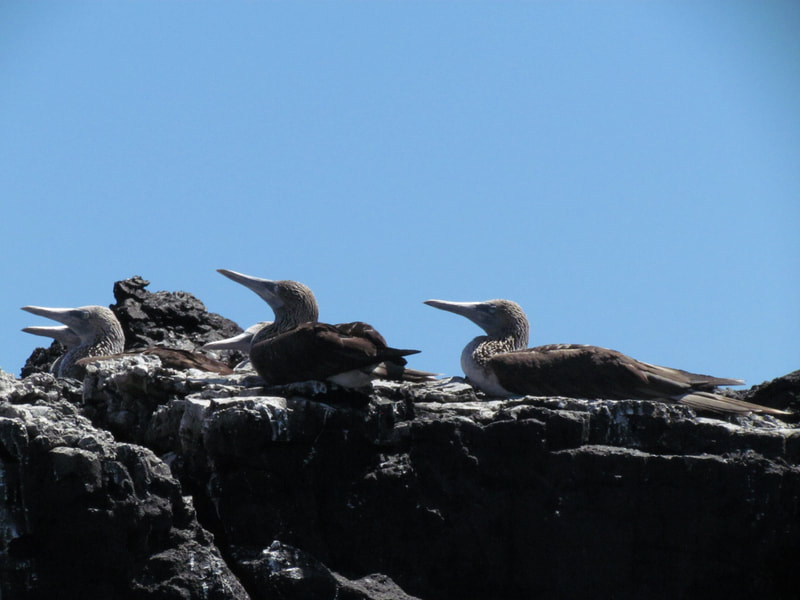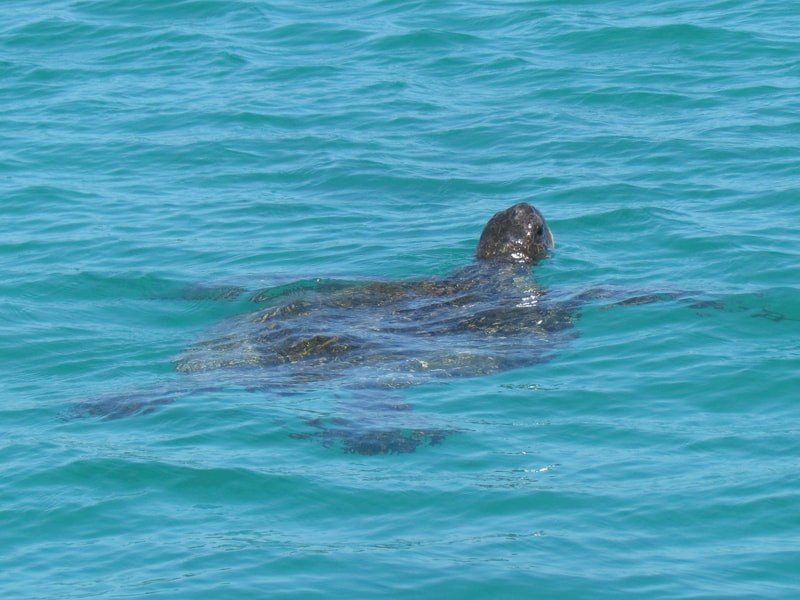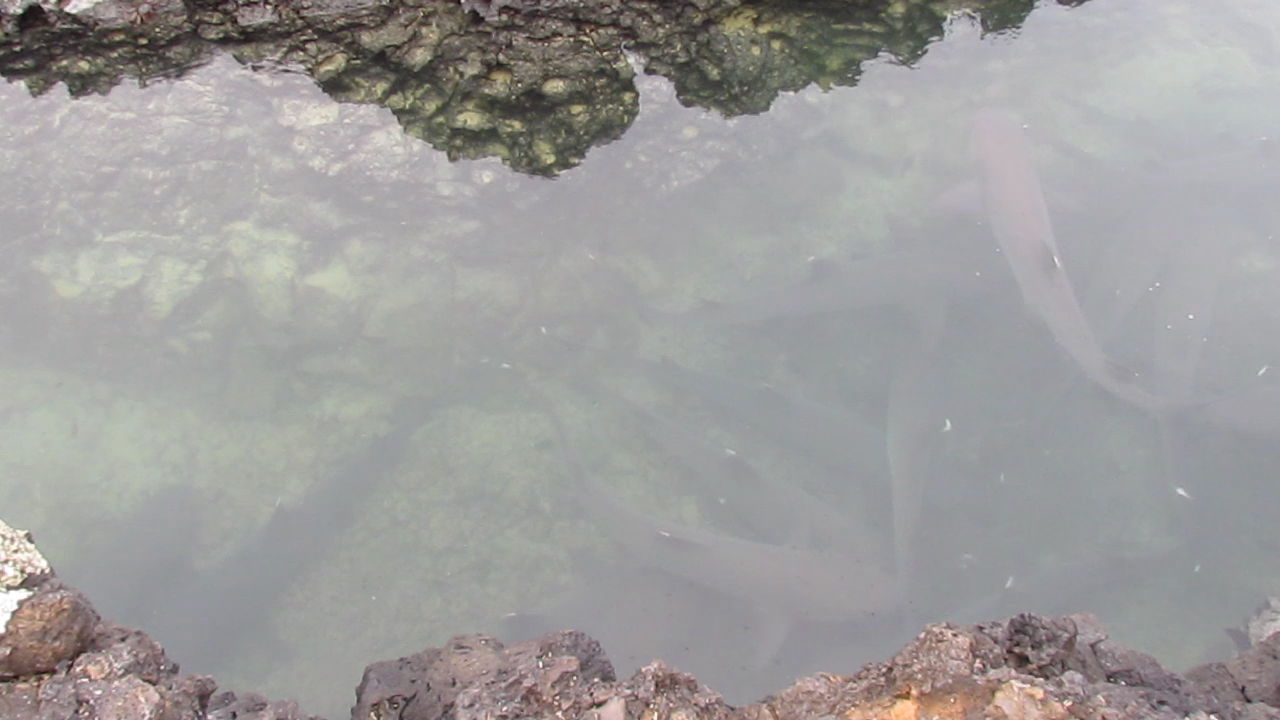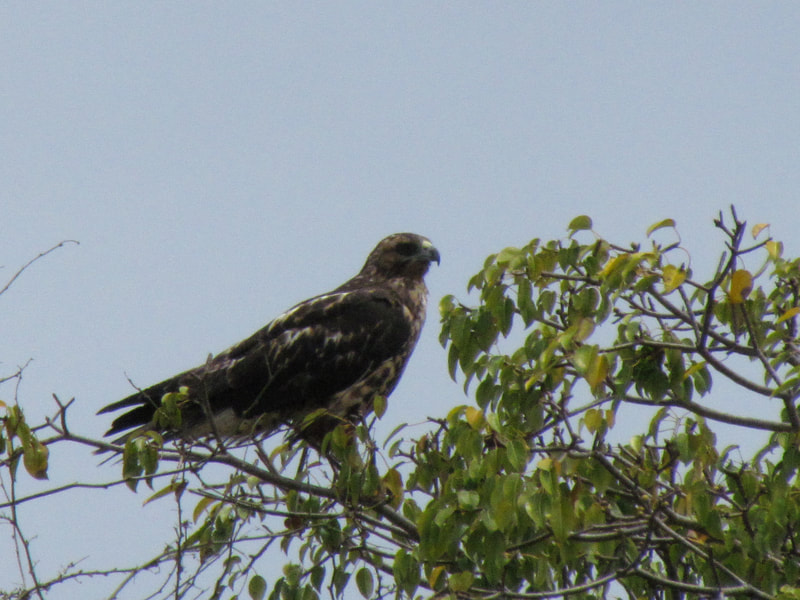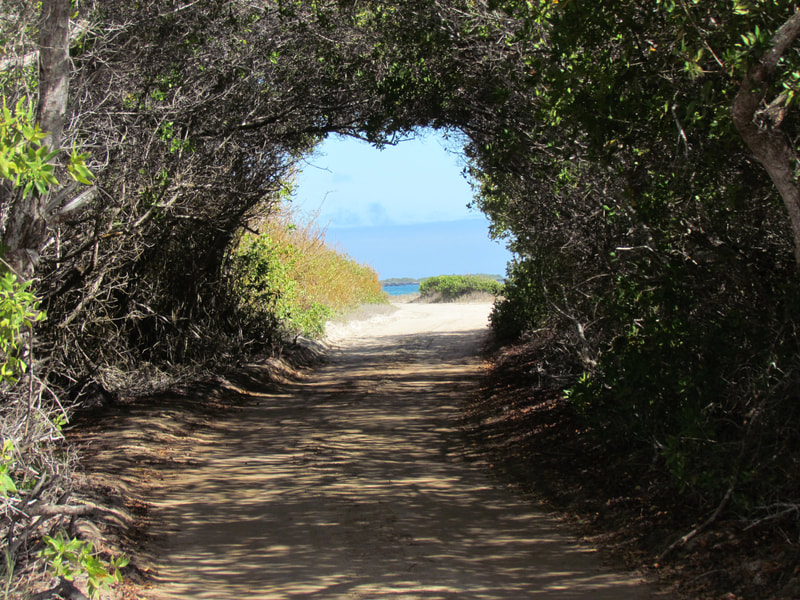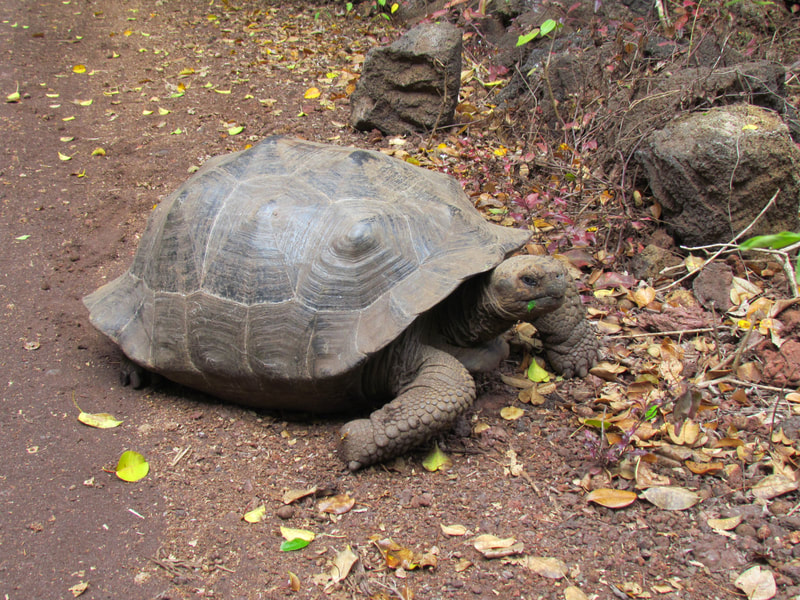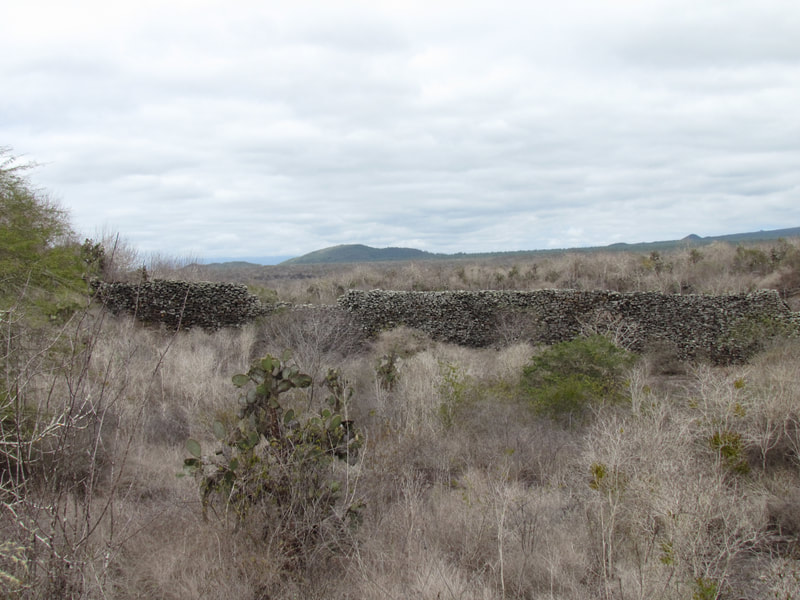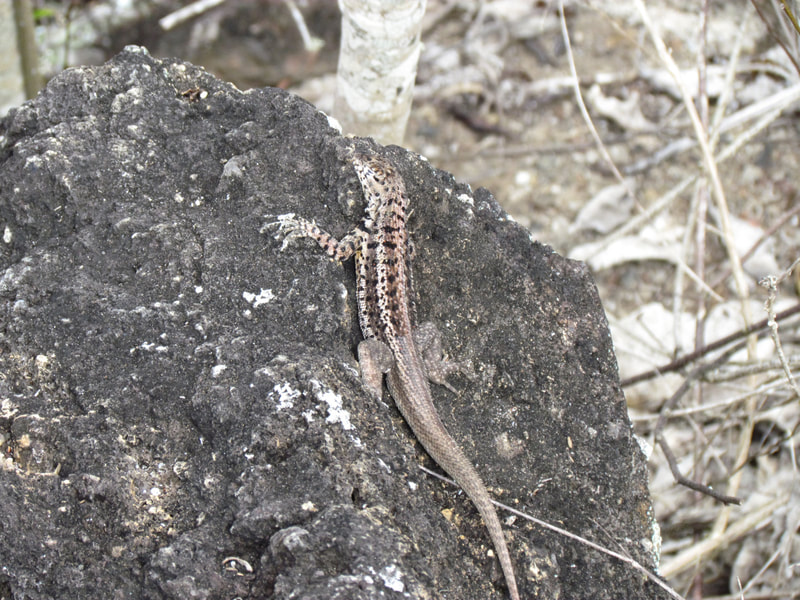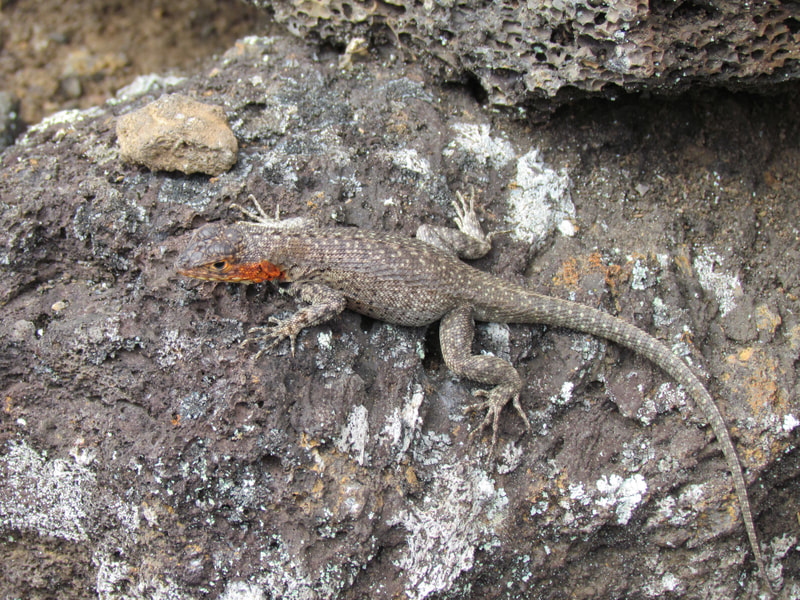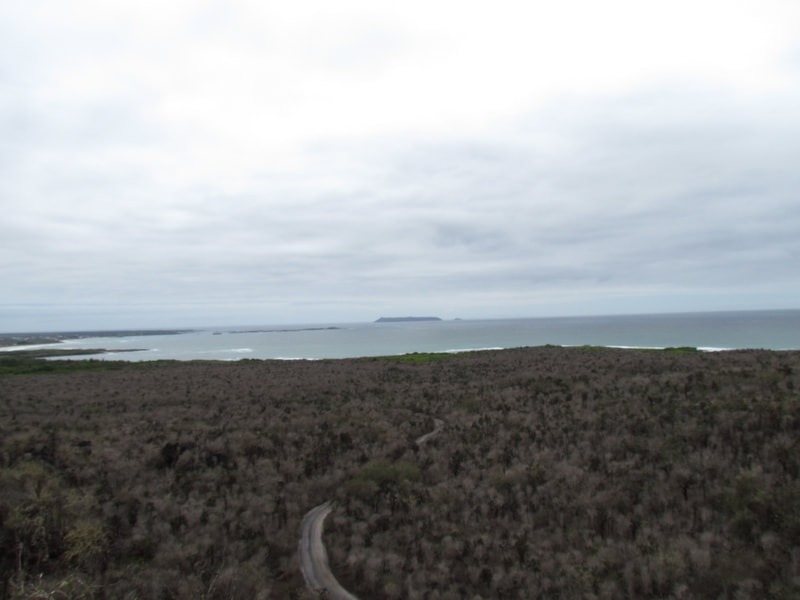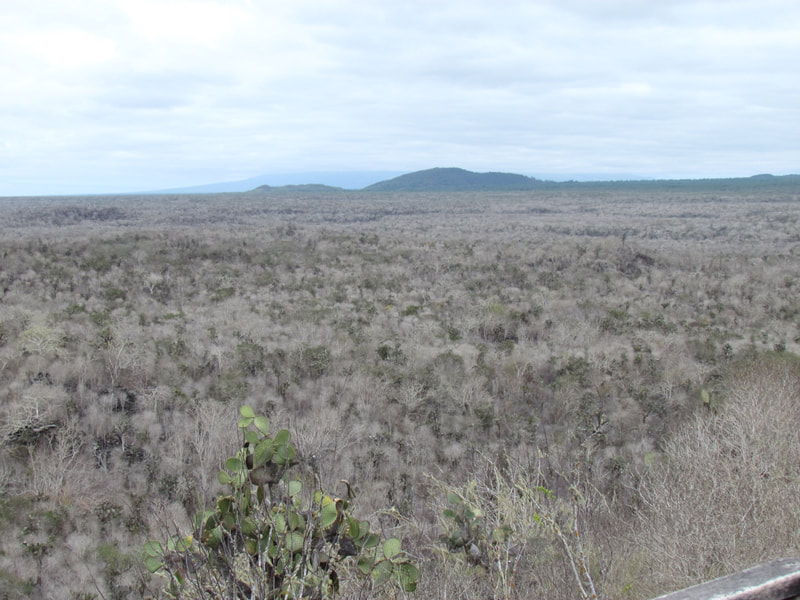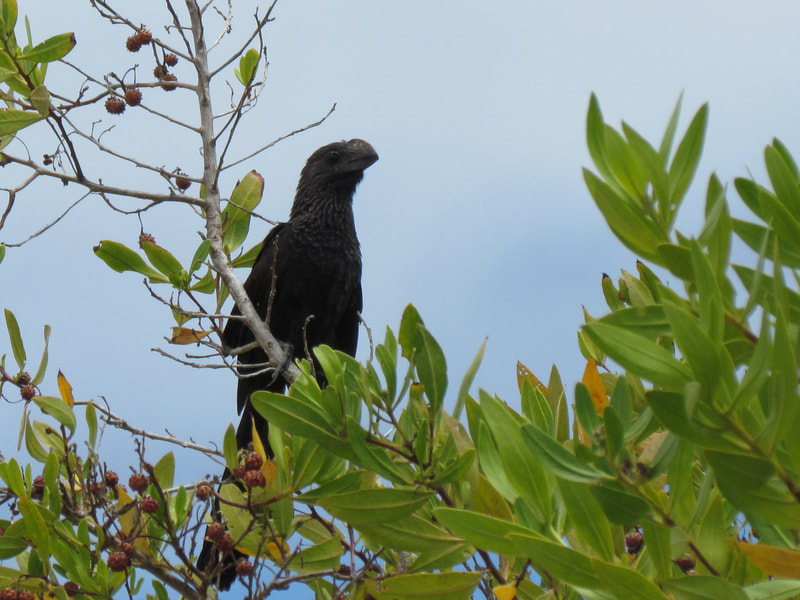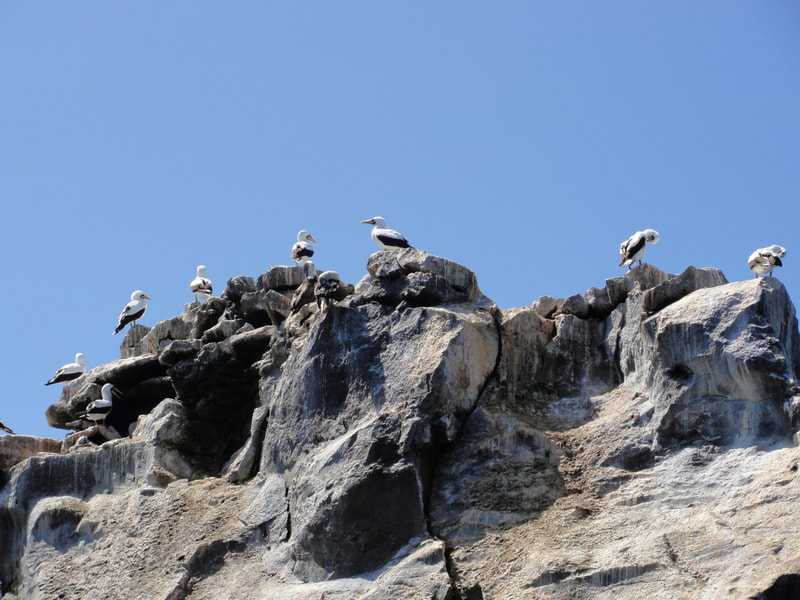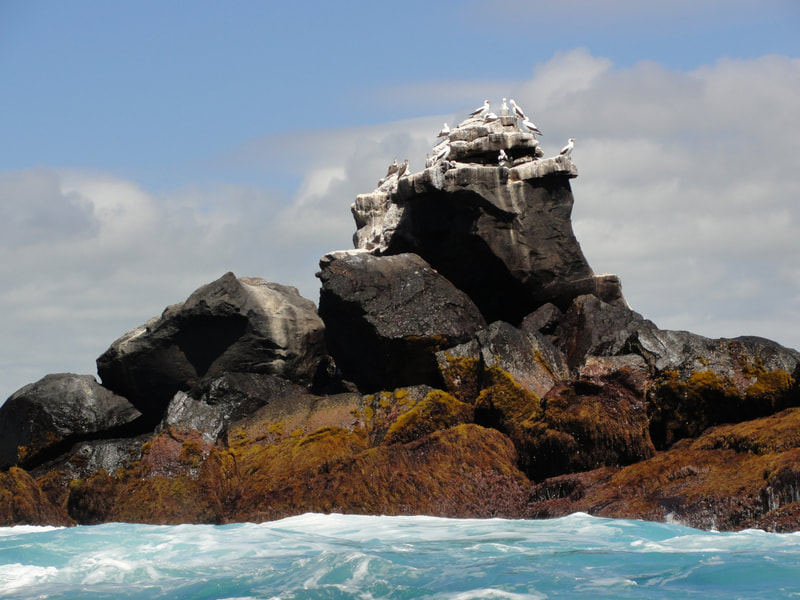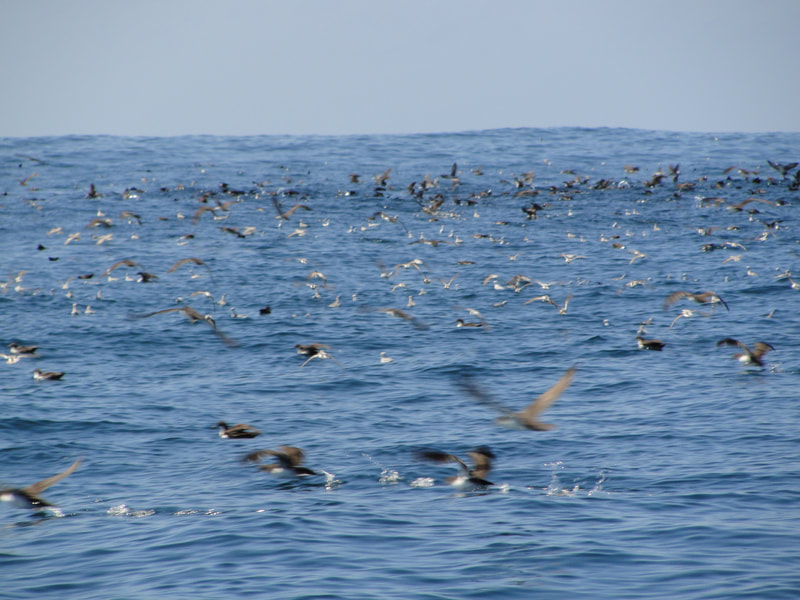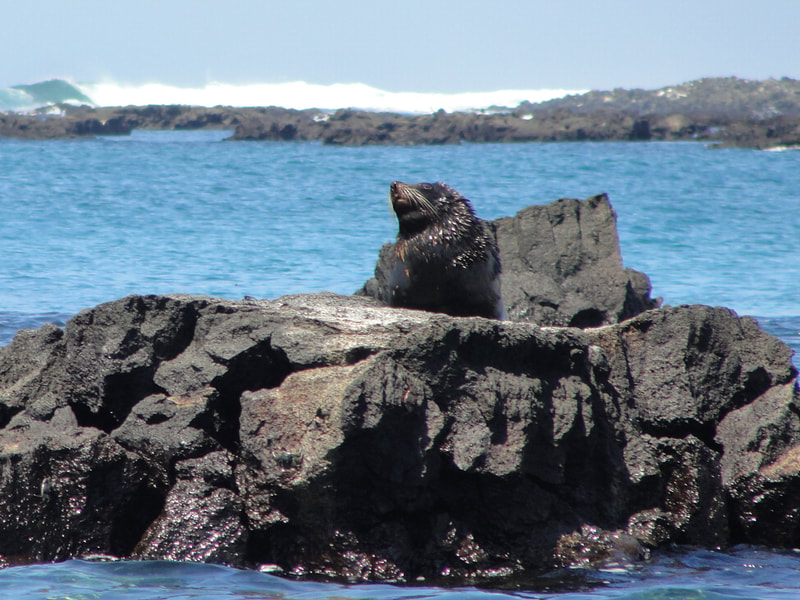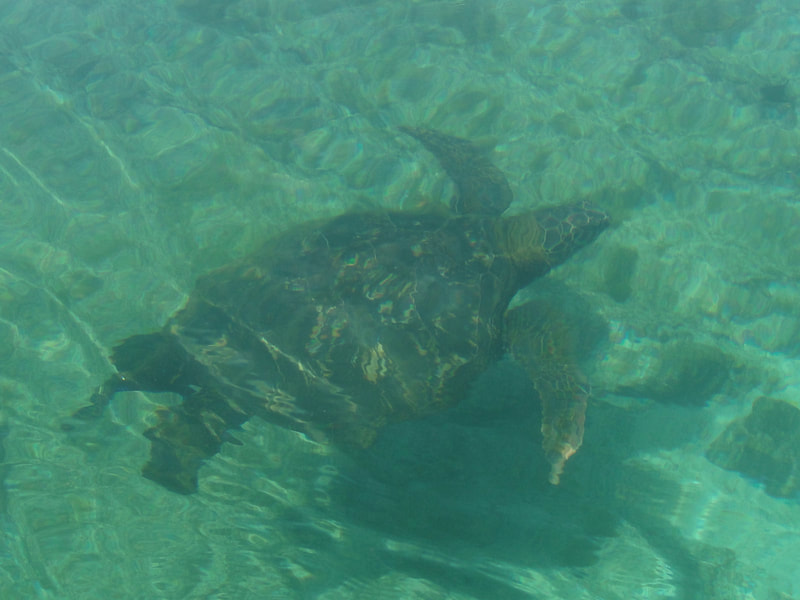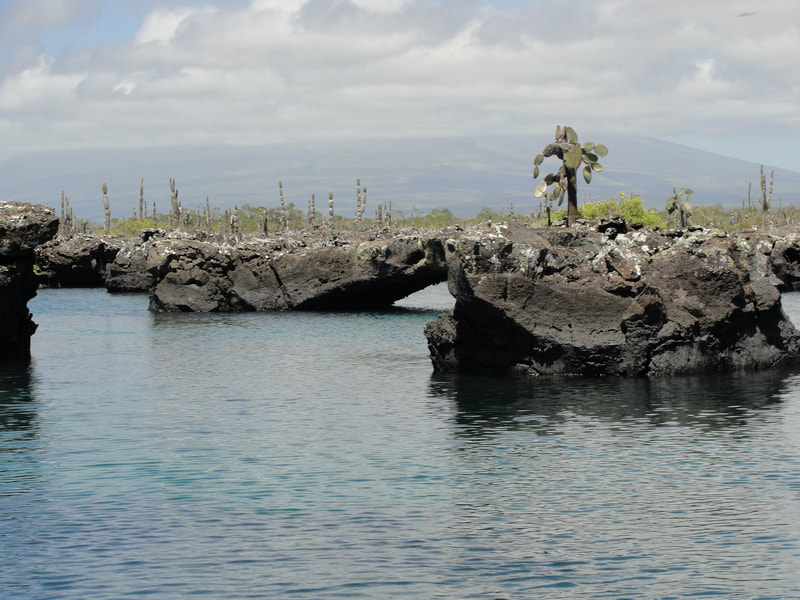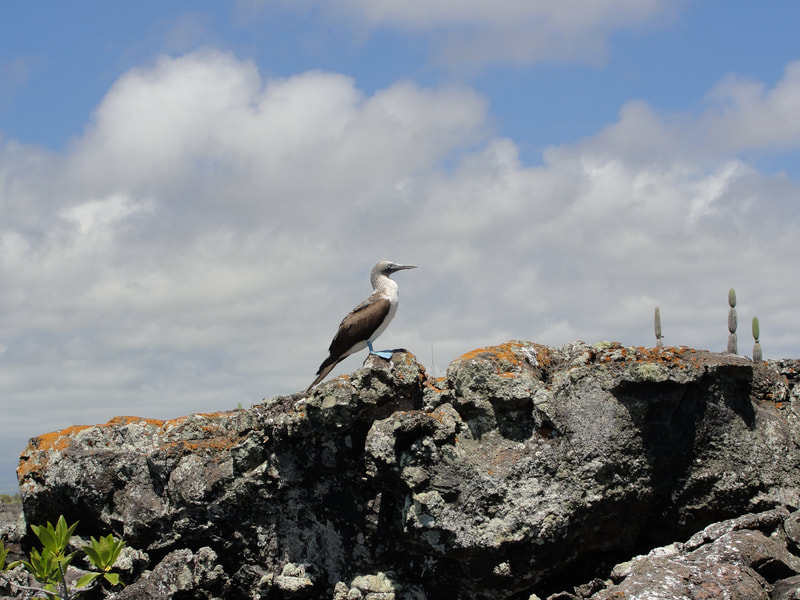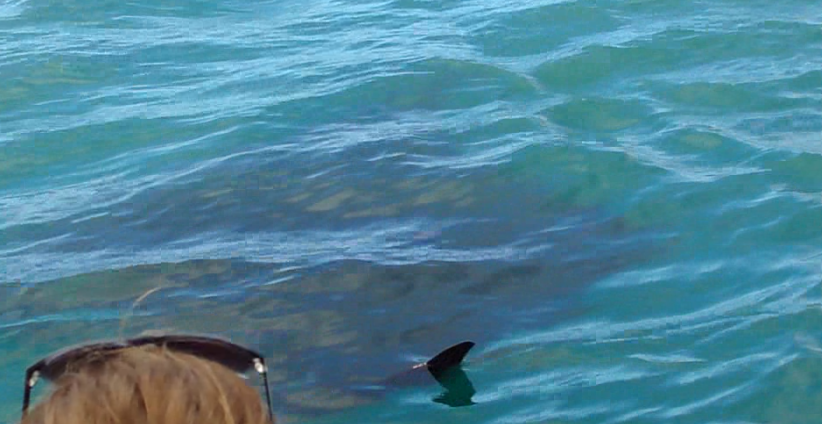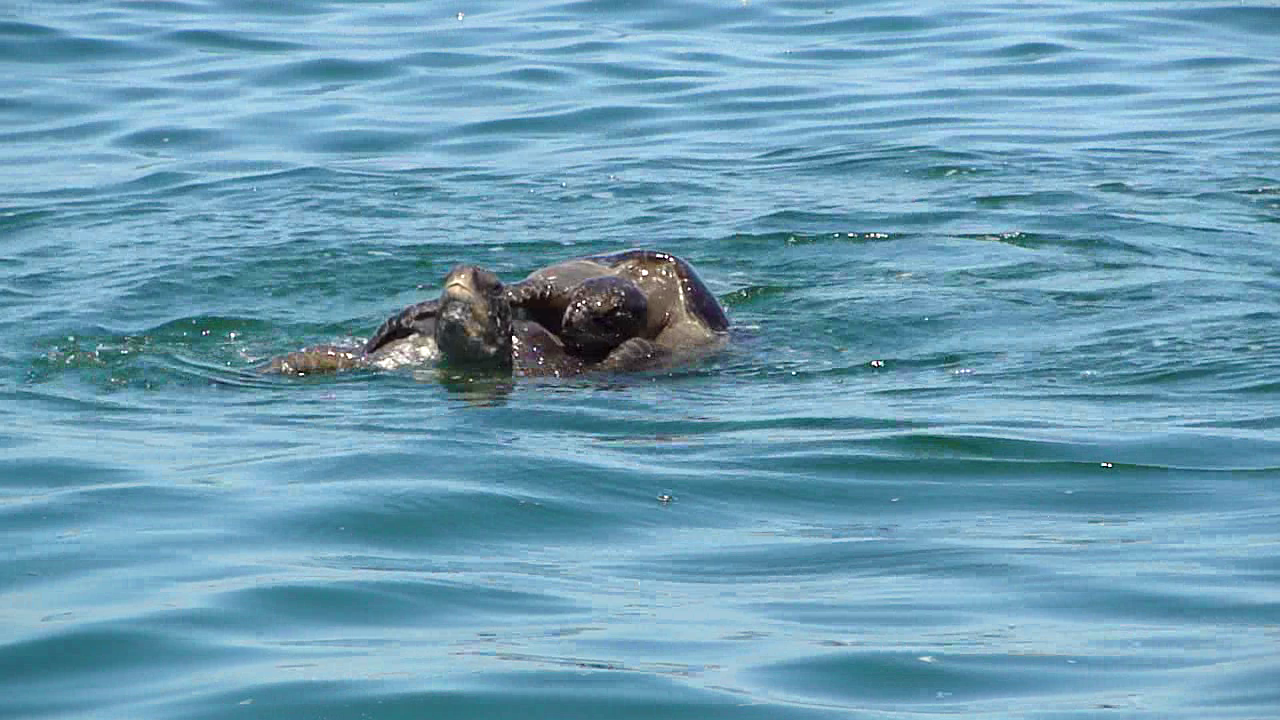There are two ways to visit the Galapagos: 1) To take a cruise 2) To stay on land and hire taxis, walk, and sign up for tours as needed. I'll be discussing the land option here. I choose this method as it's generally less expensive and I wanted to control where my spent was spent. Once you've flown into Santa Cruz, you can take a public boat to the island of Isabella. The town here is much smaller and the wildlife and scenery are worth the trip. Tours can be booked through Isabella Dive shop which is located in the town and easily found. There are a number of hotels and places to eat and several walks you can take directly from town. It's even worth hiring a local boat to cruise around the harbor where you can see rays, turtles, and lazy sea lions if you're not going out on one of the tours (but you really should).
The lagoon is a short walk from any of the hotels in town and well worth it. They have built a small boardwalk for ease of access. You will find many birds, ducks, marine iguanas, and even flamingos there.
A combination tour of snorkeling and visiting Las Tintoreras is also recommended. You may be able to see Galapagos penguins and blue foot boobies on the way to Tintoreras, a small island with a channel heavily used by resting reef sharks. You will be able to see the sharks in the shallow water very closely, as well as many marine iguanas and probably sea lions. You may also see turtles and rays even in the town harbor on the way to and from.
Two other short walks from town to consider are the tortoise breeding facility and the wall of tears. Along the way expect to see tortoiseses, but also keep an eye out for Galapagos hawks.
Although there is a place to snorkle right next to the town dock, I personally did not see very much there and would instead recommend taking a tour out to Los Tunnels. The Tunnels are beautiful and have turtles, fish, and galapagos fur seals. The boat ride to them takes you past a colony of nazca boodies and chances are good to see manta rays, turtles, and huge flocks of seabirds along the way. We even saw a pair of turtles breeding.
n Regarding what gear to bring with you for Isabella, you won't need much. Wet suits can be rented from your hotel or the dive shop unless you have an unusual body size. You can charge your batteries at the hotel. However, because the snorkeling is very good around the island, I would recommend bringing an underwater camera and for sanitary reasons, I would probably bring my own mask and snorkel. The choice of camera is a tricky one as there are many reports of low budget underwater cameras failing. You can also purchase waterproof housing for non-waterproof cameras or you can go old-school and use a disposable underwater film camera. I purchased a cheap digital underwater camera which failed on the first use and had to resort to a disposable I carried as a backup option. See a selection of digital underwater cameras here and read the reviews carefully as models come and go so it's hard to make specific recommendations. For the mask, you want to make sure it fits your face or water will seep in and make it difficult to concentrate on snorkeling. If possible, practice with it in advance. See a selection of snorkeling gear here As far as which camera to use on land, there are as many opinions as there are choices. However, some of the birds such as the penguins, the Nazca boobies, and the galpagos hawks will likely be seen from some distance away so I would recommend a longer lens for your DSLR camera or a superzoom if using a power and shoot camera. I used a Canon SX model superzoom on my trip. Here is a link to a current model.
